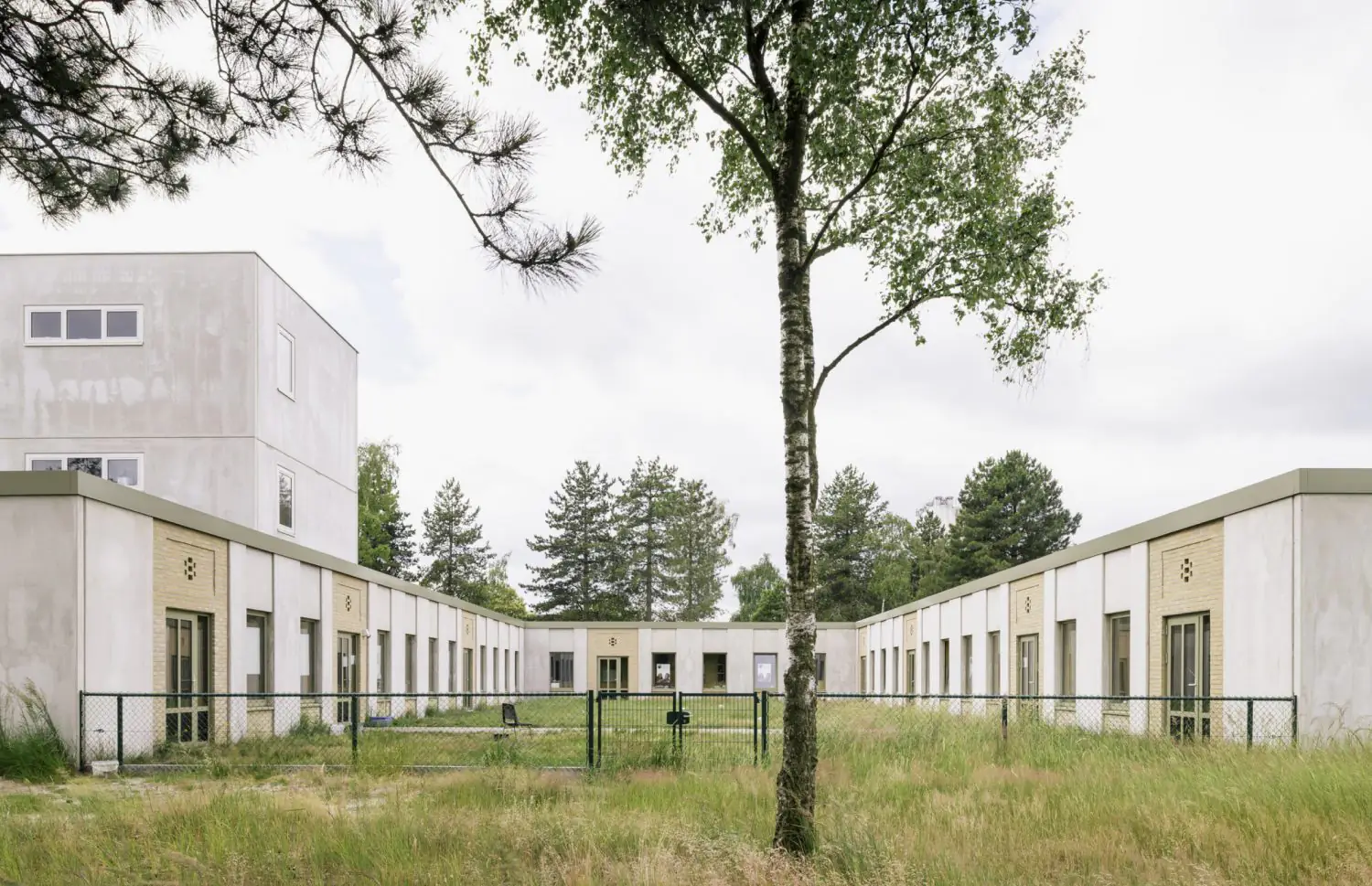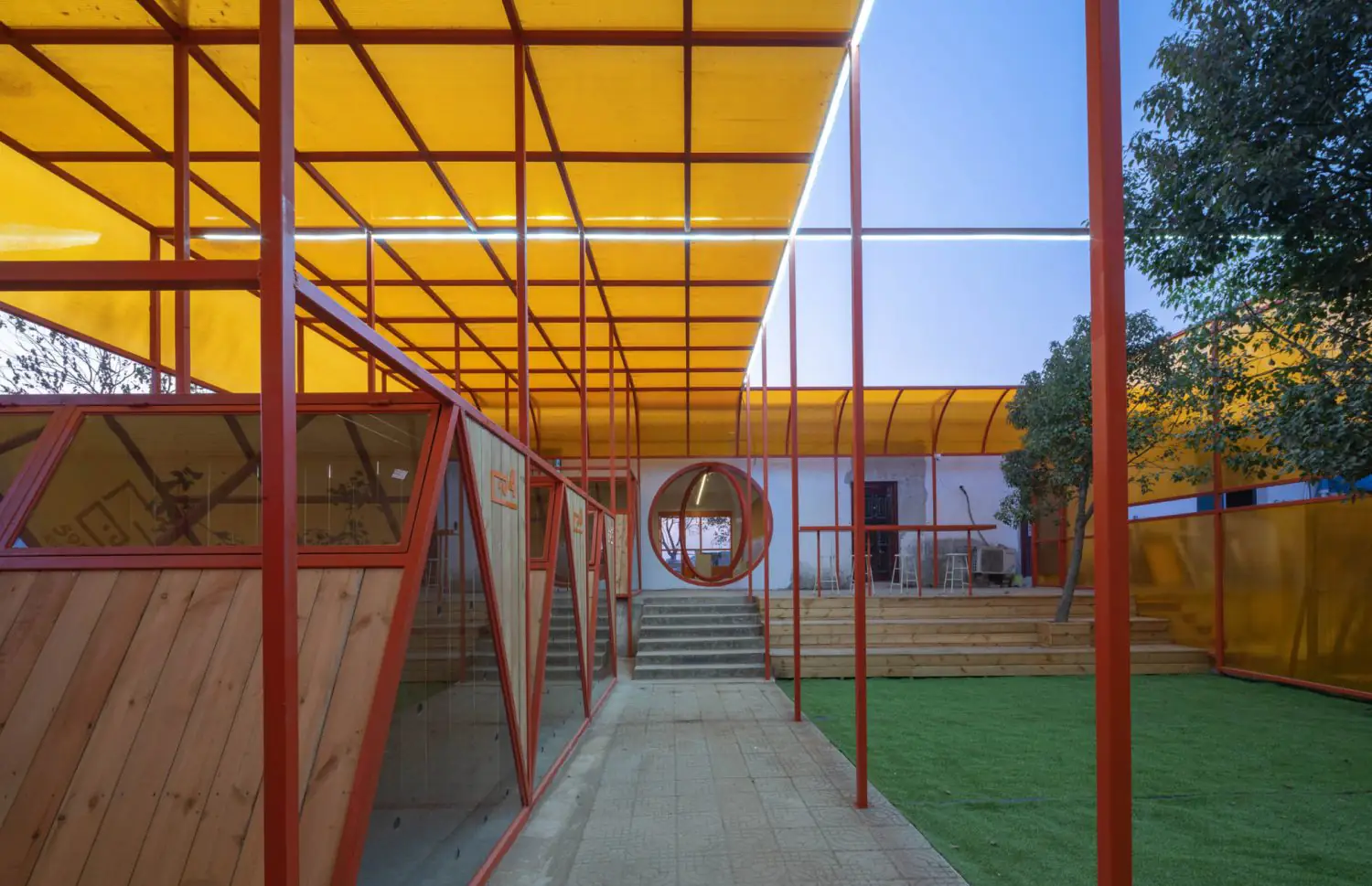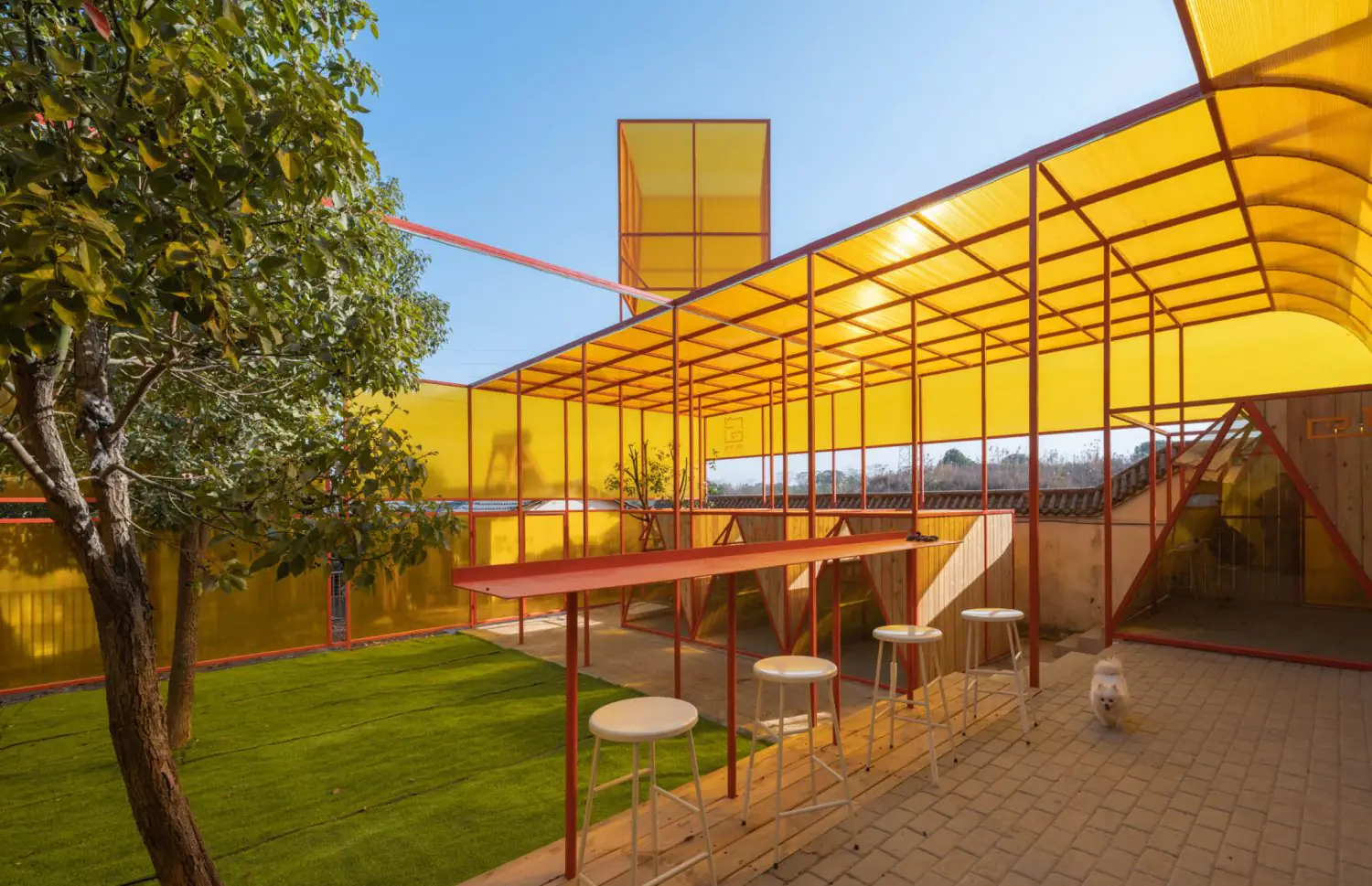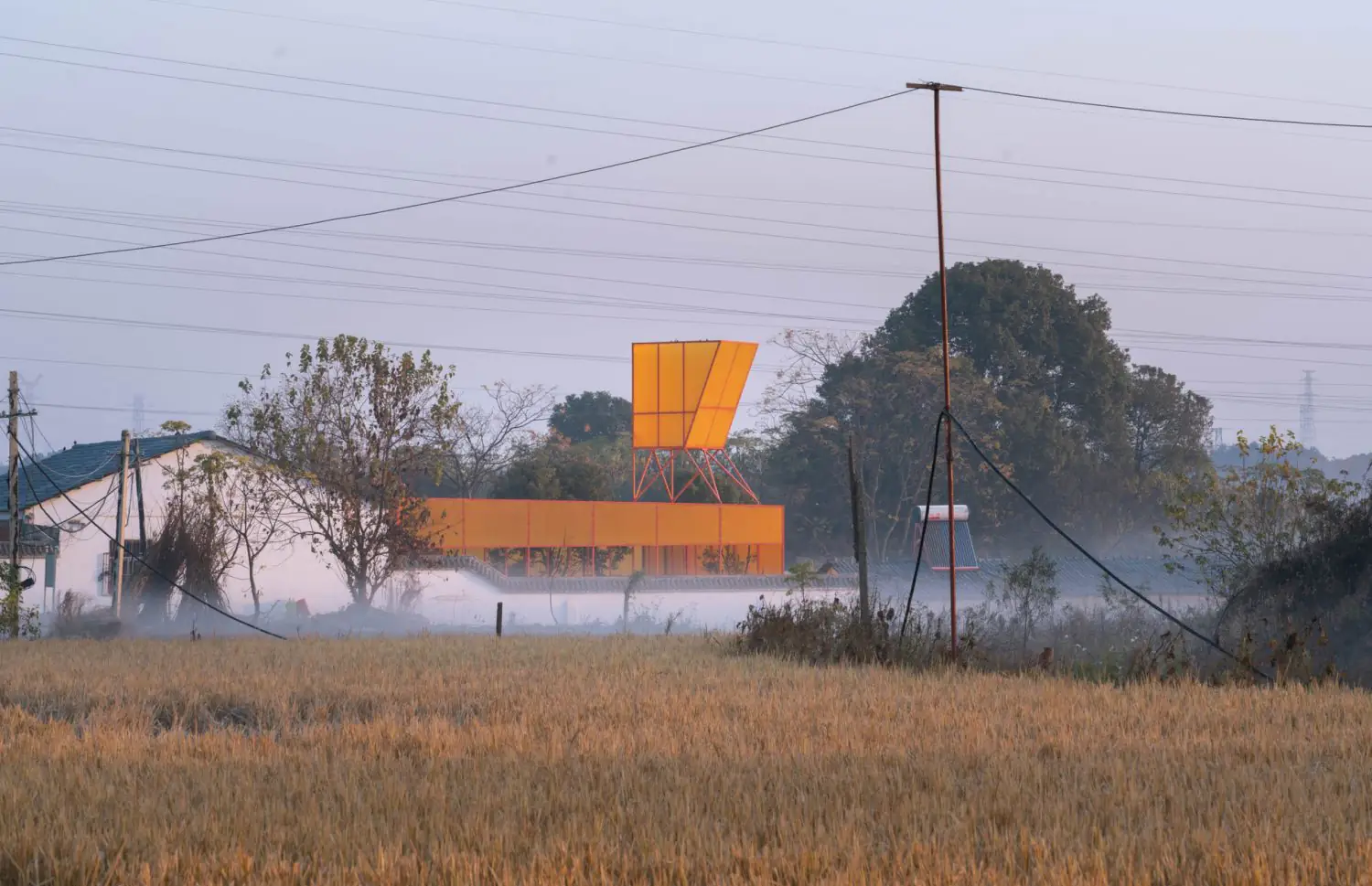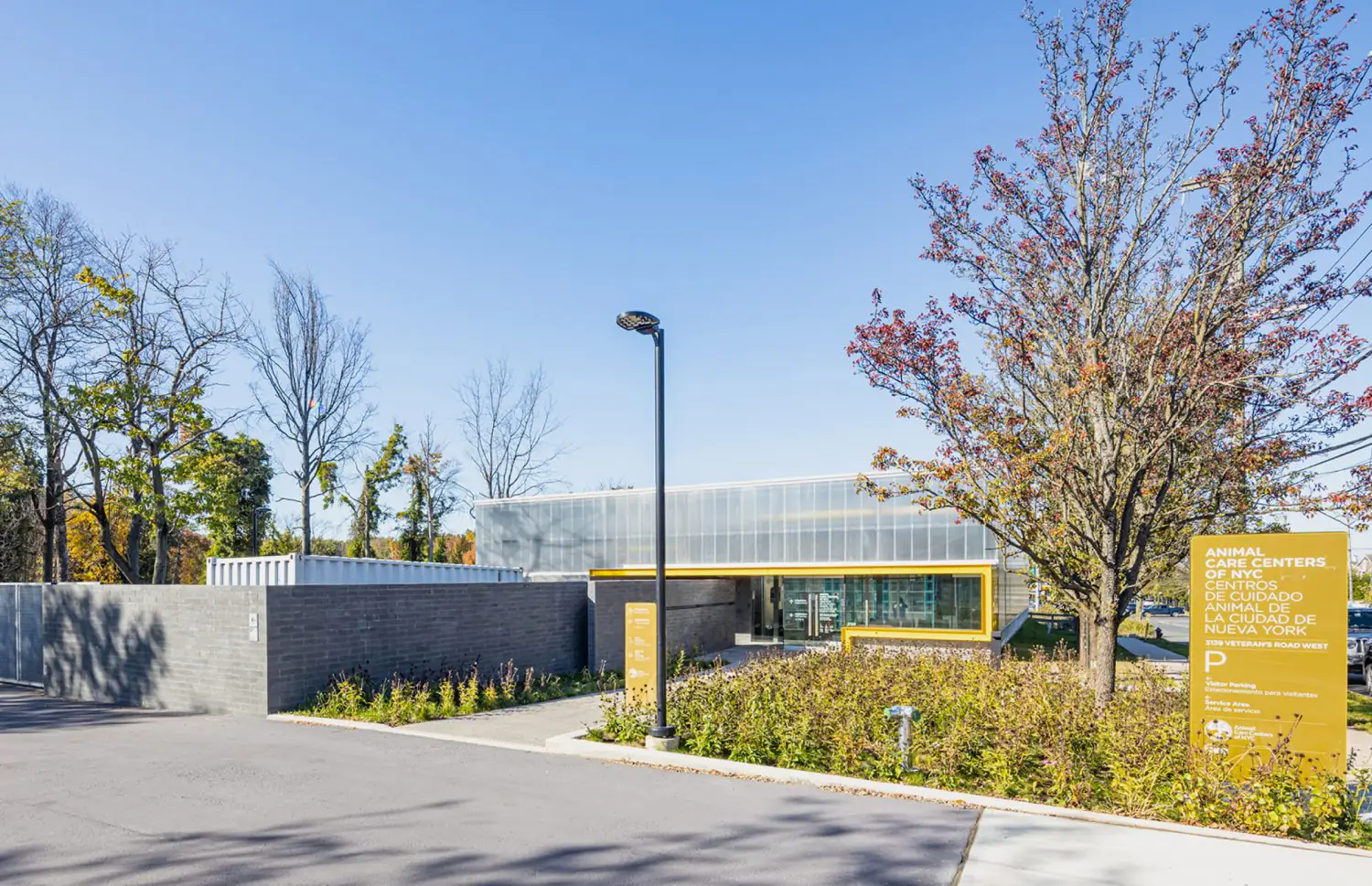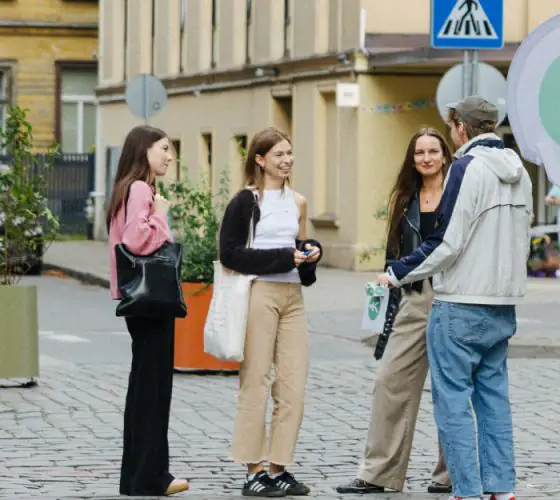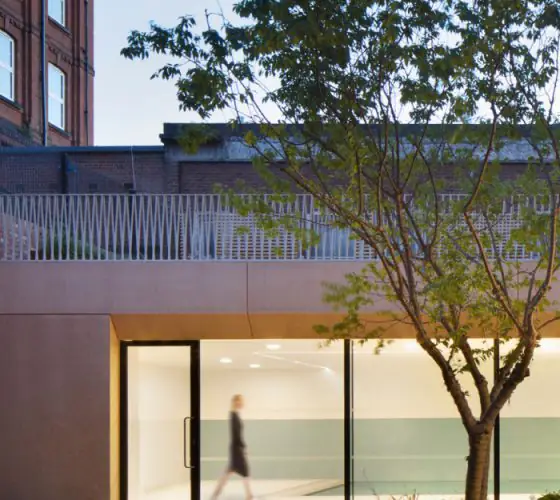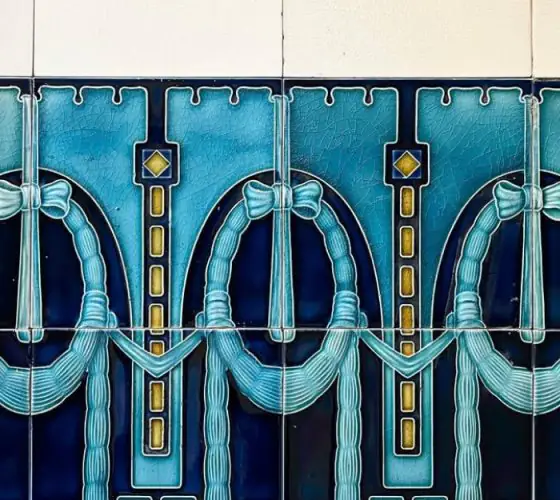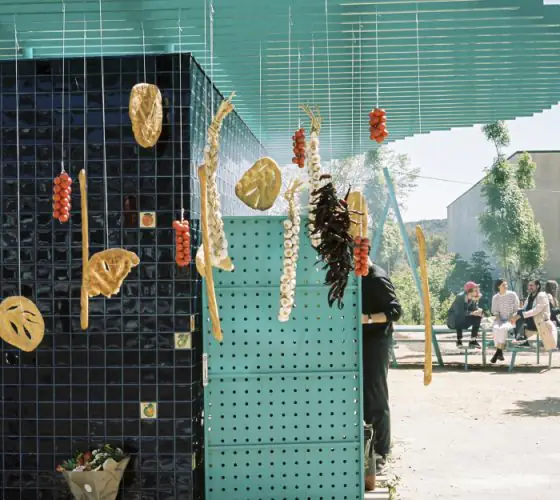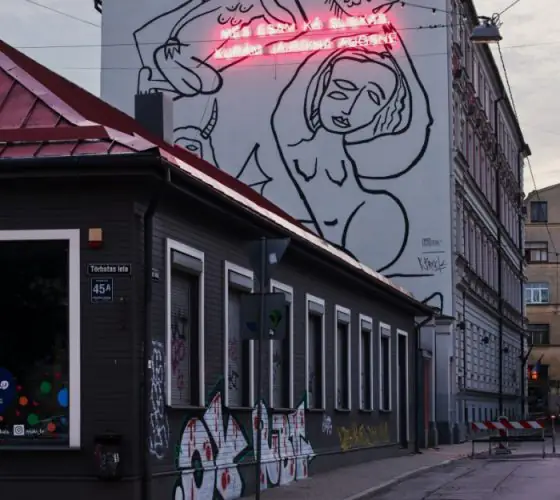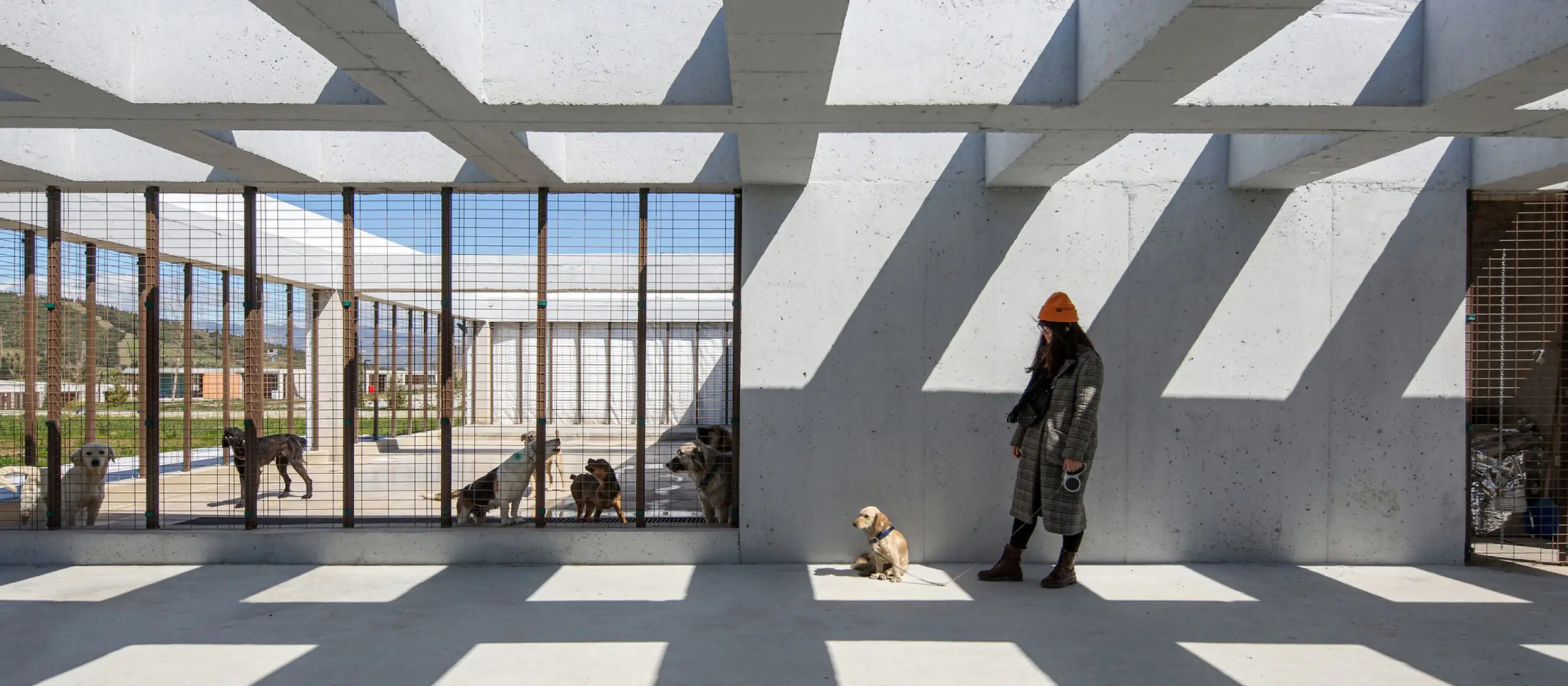
Photo: Zeren Yasa, Mehmet Yasa
According to the data provided by the European Union, there are around 100 million abandoned animals in Europe, with the most severe situation in Eastern and Southern European countries. In the United States, about 7.6 million animals end up in shelters each year. The numbers are more modest for Latvia — in 2014, there were about 30,000 strays. For comparison: around 330,000 in the United Kingdom, 200,000 in Moldova, and about 2 million in Turkey. The Netherlands offers a remarkable example: in 2014, there were 33,000 stray dogs, but today the country has achieved a zero figure.
The secret of the Netherlands’ success lies in a comprehensive approach. The country has some of the strictest animal protection laws in Europe, with heavy fines and even prison sentences for cruelty. A large-scale free sterilization program is in place, along with a tax on the purchase of pedigree dogs, which encourages adoption. This experience shows that until a city develops a systemic solution to the problem of homeless animals, it is difficult to truly call it pet-friendly.
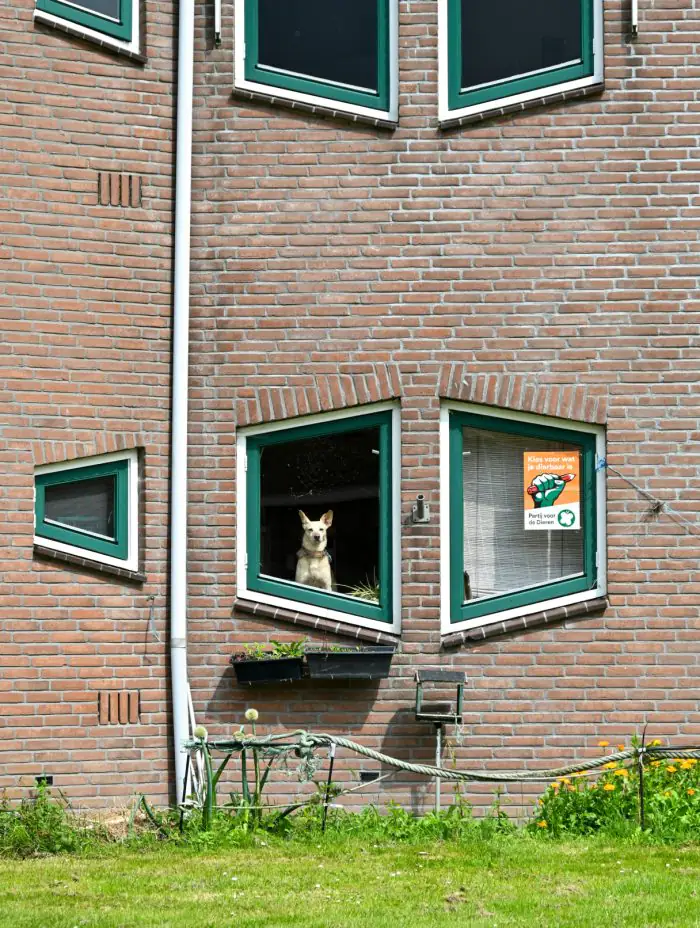
Photo by Ben Michel on Unsplash
How do cities solve this problem: three ways
- Cooperation between organisations. The most effective programs are found where the efforts of shelters, rescue services, the local municipality, and volunteers are united. A good example is the Animal Protection Alliance of the New York Mayor, which brings together more than 100 organisations. Since 2003, it has helped rescue over 320,000 animals.
- Population control programs. In many cities, the TNR (Trap-Neuter-Return) initiative has shown good results. Street cats are caught, sterilised, vaccinated, and then returned to their natural habitats. Socialised animals are more likely to find an owner, and this is also a very humane way to control the population.
- New standards for shelters. Modern shelters are becoming less like sterile, storage-like facilities. These are spaces where animals experience less stress and people can feel more comfortable. Research shows that dog playgrounds can increase adoption rates by 25%. Modern shelters also include special rooms where future owners can interact with animals, cosy spaces for cats, and visitor lounges.
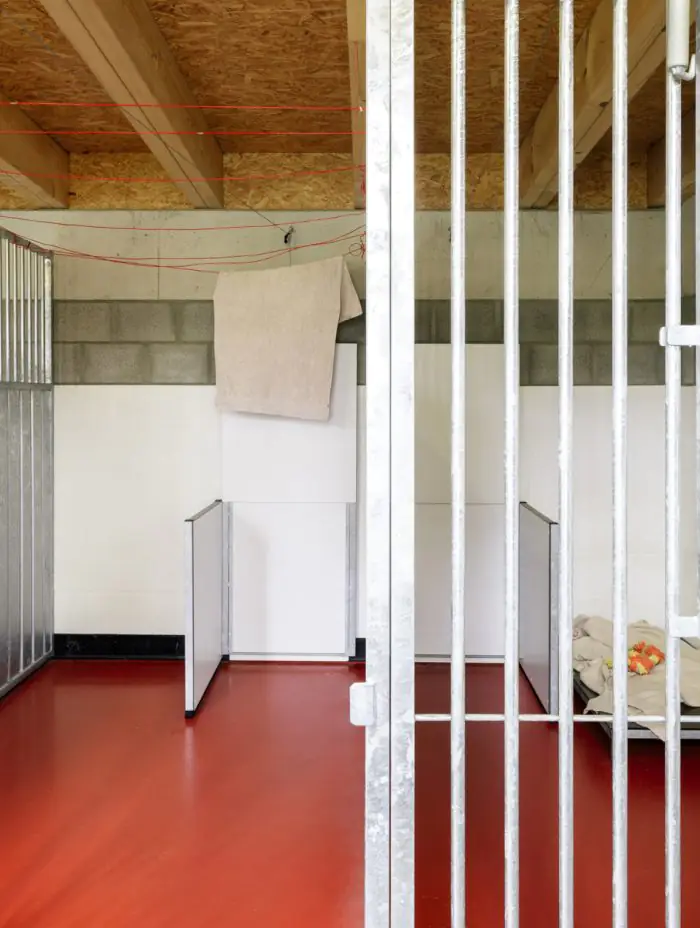
Photo: Olmo Peeters, Geert Van Hertum
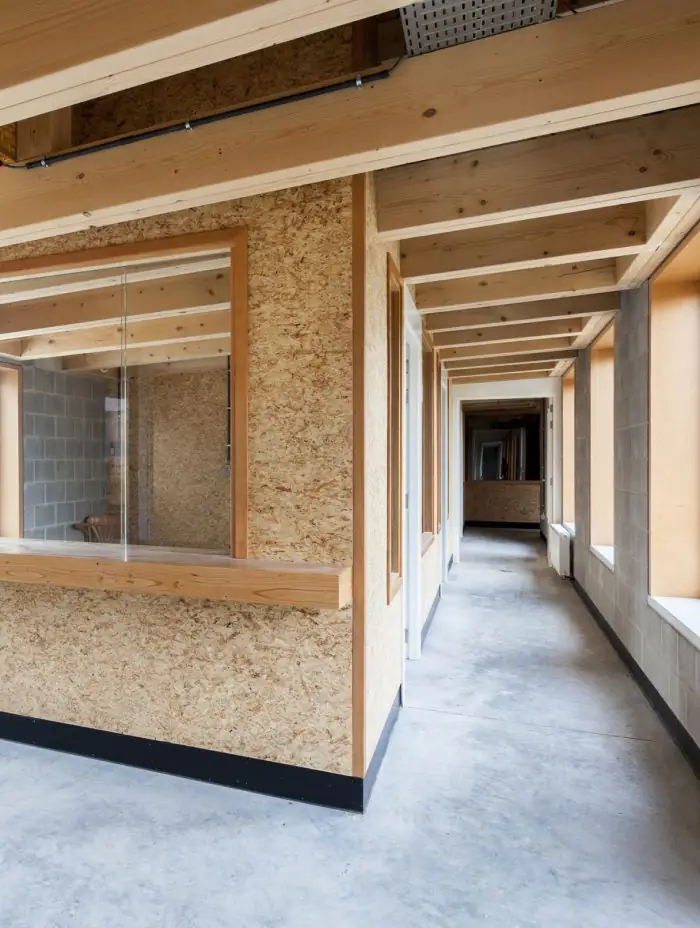
Photo: Olmo Peeters, Geert Van Hertum
Shelter as an Object of Architecture
Today, the design of shelters is increasingly becoming a task for architects. Beyond limited budgets and strict sanitary regulations, new projects aim to combine animal care with functionality and a human-centered approach.
Belgium. Pound and Crematorium in Lommel (Collectief Noord, 2017)
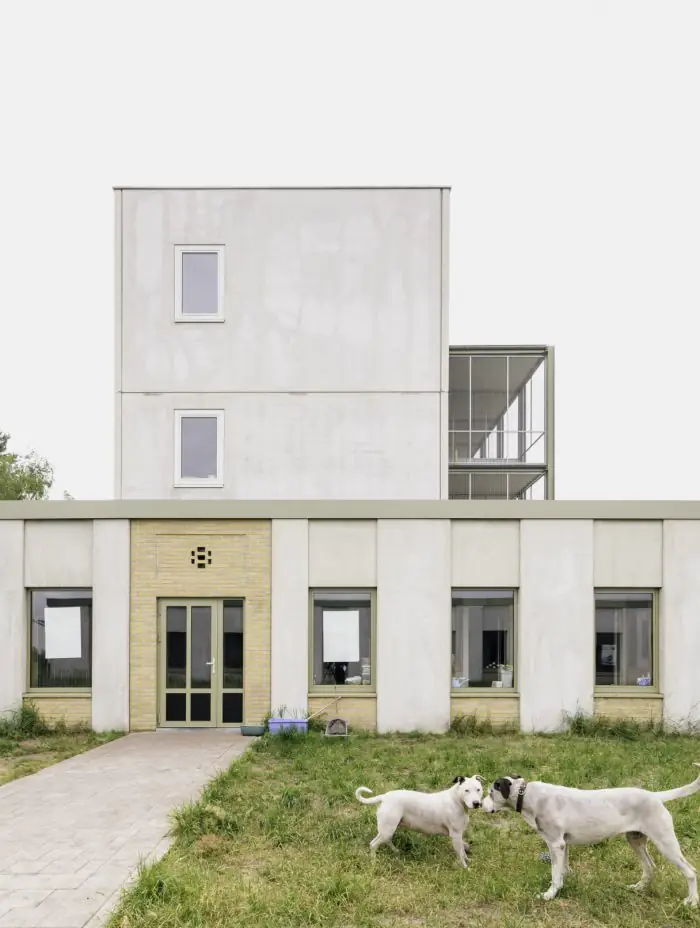
Photo: Olmo Peeters, Geert Van Hertum
The complex unites two buildings — a pound and a crematorium — situated between an industrial zone and a nature reserve. Its U-shaped layout forms an inner courtyard where visitors can meet the animals. At the entrance stands a “cat tower,” a symbol of openness and a new approach. The crematorium, accompanied by a quiet farewell garden, reflects the idea that care for a pet continues even after its life.
Turkey. Animal Social Life Campus in Izmir (Mert Uslu Architecture, 2022)
This project implements the practice of temporary animal housing with the goal of treatment and returning them to their natural environment. The campus brings together a shelter, veterinary center, educational spaces, and an amphitheater for events. The design encourages interaction between people and dogs, making the adoption process feel more natural.
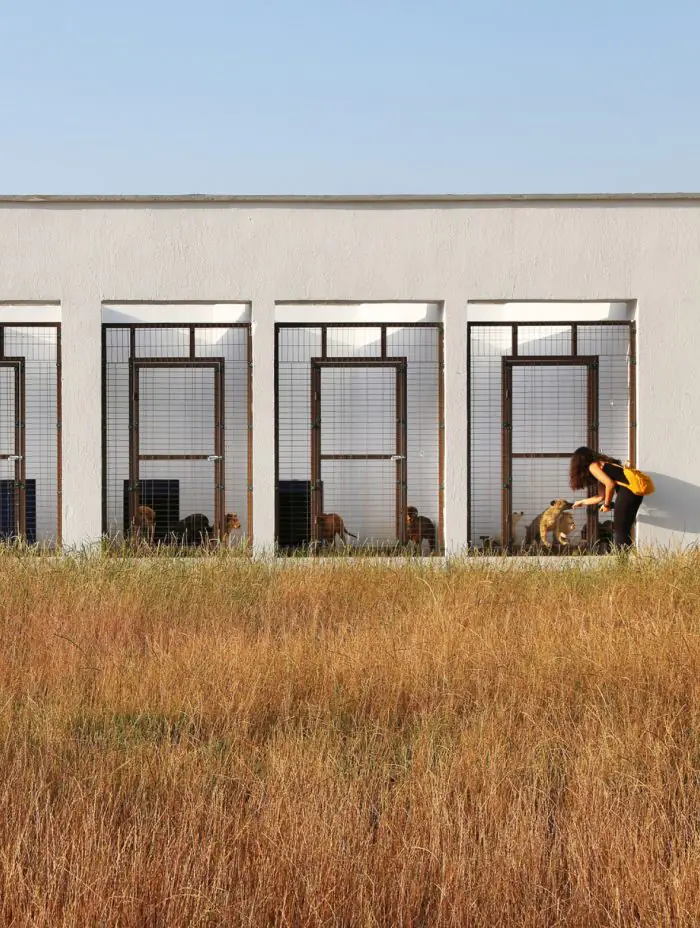
Photo: Zeren Yasa, Mehmet Yasa
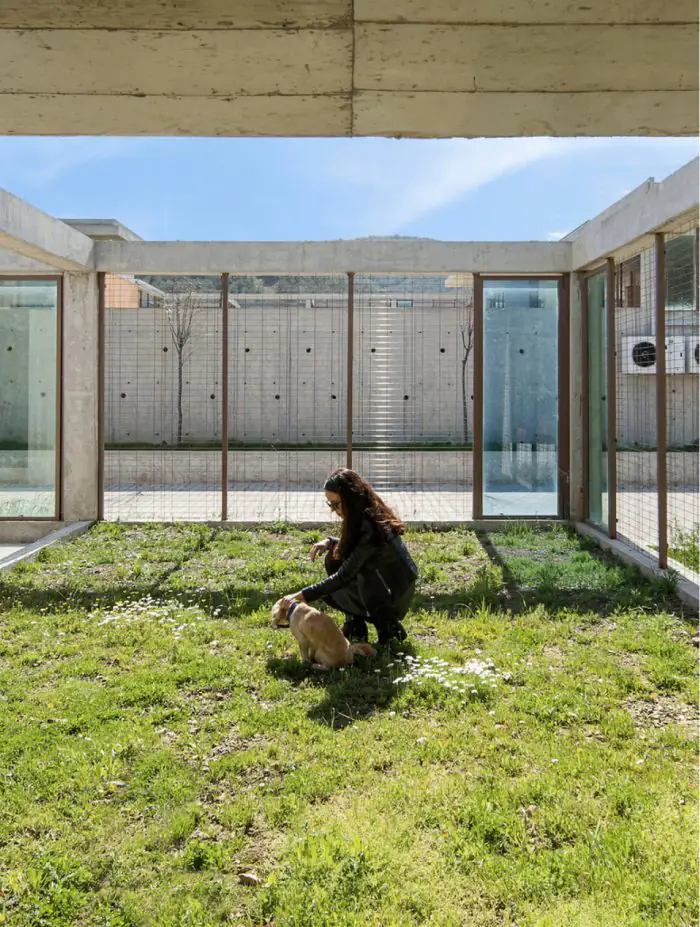
Photo: Zeren Yasa, Mehmet Yasa
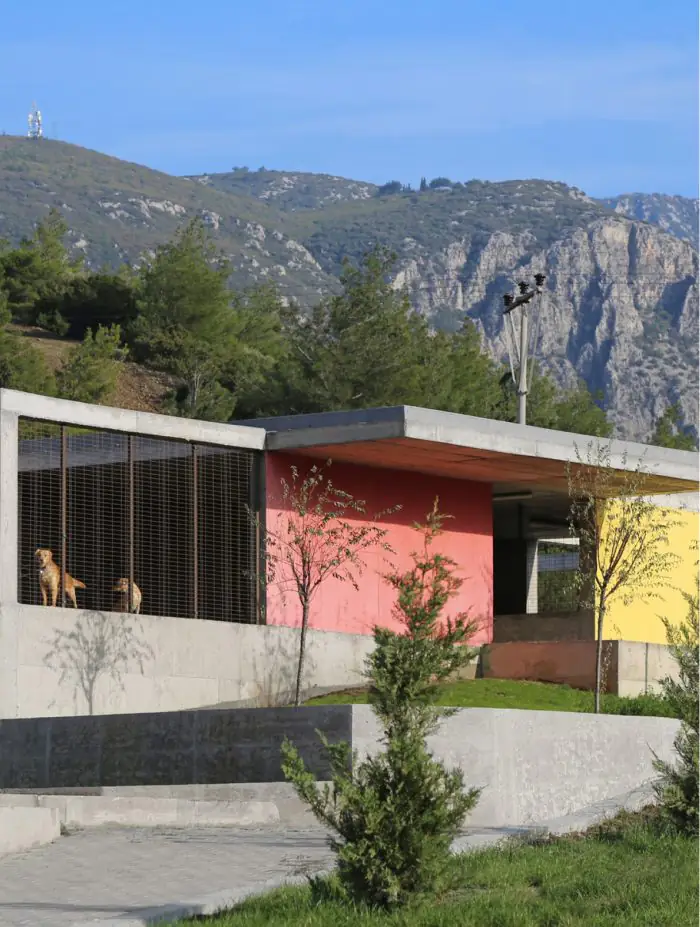
Photo: Zeren Yasa, Mehmet Yasa
China. Adoption Zone in Wuhan (UAO Design, 2021)
A small charitable project funded by donations. The space is divided into an indoor block and a courtyard where future owners can meet puppies. The architects emphasized the symbolic transition “from loneliness to home”: a revolving door and the bright courtyard structure highlight the significance of this moment.
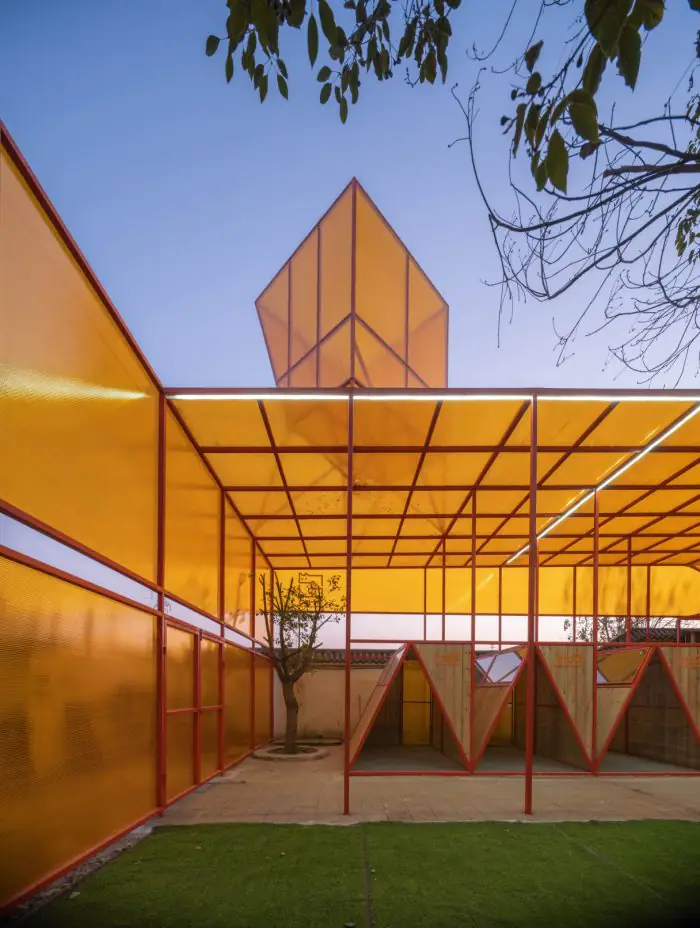
Photo: Yilong Zhao
USA. Staten Island Animal Care Center (Garrison Architects, 2022)
Here, the architects focused on light and ventilation. Animal rooms are placed along the perimeter of the building to maximize natural daylight. Translucent panels provide soft daylight, and at night the building glows from within, becoming both a landmark and a symbol of care.
Australia. Blacktown Animal Rehoming Center (Sam Crawford Architects, 2023)
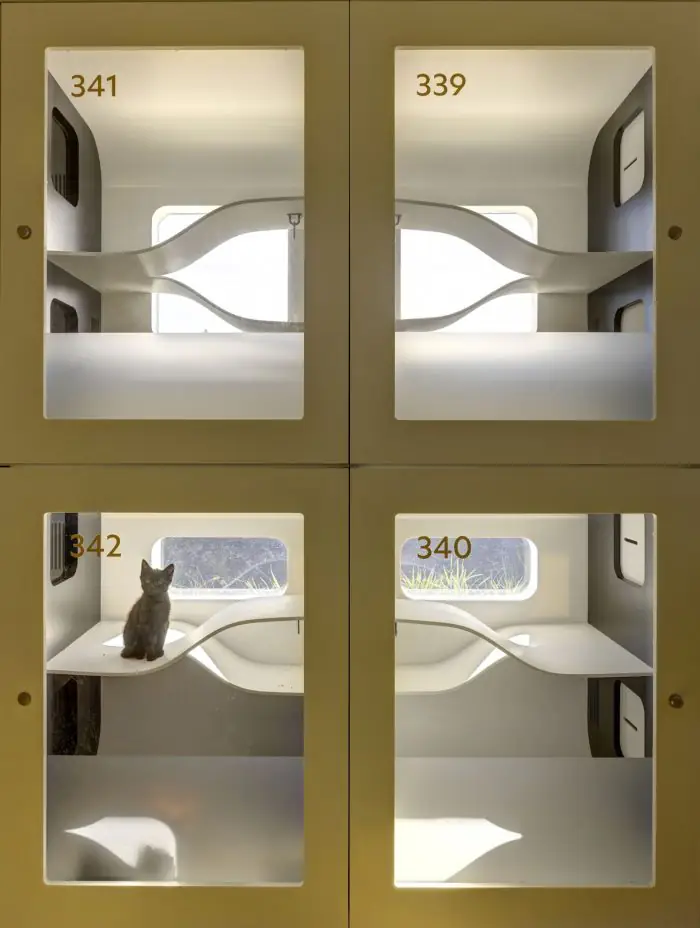
Photo: Brett Boardman
The largest shelter in the Southern Hemisphere. Several buildings are connected by covered walkways, making it easier to move animals between spaces. The visual identity of the complex is inspired by the colors of local birds, while facts about cats and dogs can be found on the pavements — turning architecture into an educational and emotional experience.
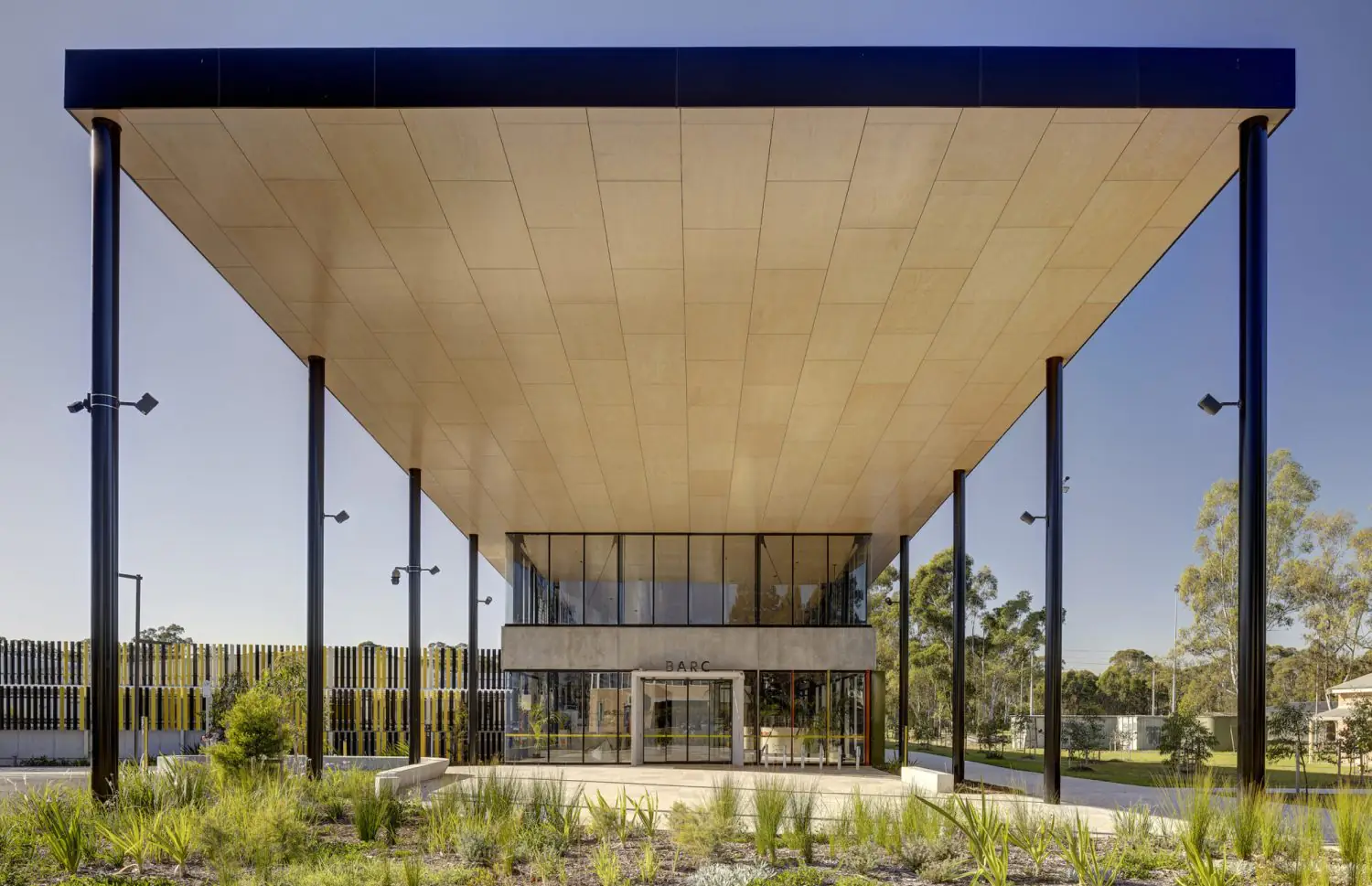
Photo: Brett Boardman
Shelters of the Future: Their Social and Cultural Role
Modern shelters go far beyond their primary function. They are becoming part of urban infrastructure, serving as educational and cultural spaces, and sometimes even as places of collective memory. Their architecture reflects the maturity of society, its attitude toward compassion, and its commitment to sustainability.
A truly pet-friendly city is not just about cafés with a water bowl at the entrance. It is a comprehensive system that includes legislation, sterilization programs, cooperation among organizations, and architecture that builds trust between people and animals. Only such a system can gradually solve the problem of stray animals and transform cities into truly comfortable places for all their inhabitants.


